Approximately 9,500 people in the United States are diagnosed with one of the four forms of skin cancer daily. Melanoma, the most invasive and severe form, is estimated to affect one in five Americans at some point in their lives. Its cases have been on the rise for the past 30 years, and compared to 1982, the number of people diagnosed with it in 2011 is twice as high.
Melanoma is a life-threatening condition but can be successfully treated if recognized in its early stages and appropriately managed. Continue reading to learn the essential information about this condition.
Melanoma skin cancer can manifest in several ways, called melanoma subtypes. These include the following:
This type accounts for 55-60% of all melanoma cases. It is most often observed among people younger than 40 but can affect anyone regardless of age. It can form on an existing mole or freckle, change its shape and color, or appear on normal skin. Usually, the cancerous spots are brown or black and appear on the trunk area.
Lentigo malignant melanoma, on the other hand, commonly affects people over 40. It's a less common type (accounts for 10-15% of melanoma cases). It usually forms on the skin damaged by the sun on the neck, head, face, or ears. Its characteristic feature is a large colored spot that slowly expands and penetrates more profound layers of skin.
Another rare type of melanoma (10-15% of all melanomas) is nodular melanoma, most often observed in people over 65 years. It can be recognized if a firm pink, black, red, or brown lump forms on the skin. Sun-damaged skin on the neck and head is most prone to nodular melanomas. Unlike lentigo malignant melanoma, this type is aggressive and characterized by fast-growing spots that spread to deeper dermis layers.
One of the least common types of melanoma is acral lentiginous melanoma (1-2% of all cases), a type of skin cancer that causes colorless areas resembling bruises and stains. Most people affected by this condition are over 40. It usually forms on the palms of the hands and soles of the feet. In the early stages, acral lentiginous melanoma expands slowly but becomes more aggressive as it develops.
Desmoplastic melanoma is another rare type that accounts only for 1-2% of all melanomas. It primarily affects people over 60. Its characteristic symptom is a lump that feels firm to touch. Desmoplastic melanoma may pose a diagnostic challenge because the nodes it causes are the same color as the skin and tend to resemble scars. Like in other types of melanoma, it mainly appears on the skin damaged by the sun. Head and neck are the areas most often affected.
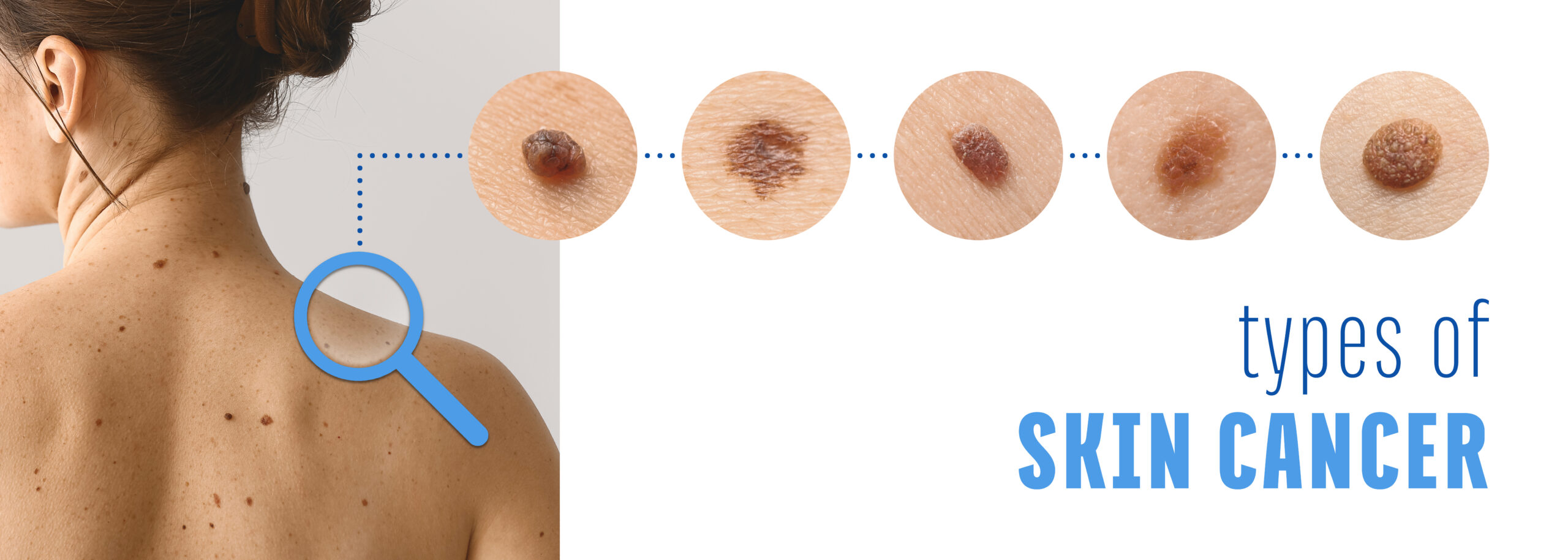
The risk of developing melanoma depends on numerous factors. They include lifestyle habits and things that can't be controlled. However, the former is the leading factor. For instance, 85% of all melanoma cases in the UK happen due to ultraviolet exposure. Experiencing sunburns or exposure to the sun often at a young age increases the risk of skin cancer later in life. See the below list for more information regarding risk factors:
Melanoma occurs if melanocytes – skin cells responsible for producing and distributing melanin – grow out of control. It is the least common form of skin cancer but the most dangerous.
It is also referred to as malignant and cutaneous melanoma because it can spread quickly to other areas of skin and organs. Characteristic features of this condition are black, brown, and, less commonly, pink or white tumors called melanomas that appear on the skin's surface. They can develop on any part of the body, but the chest and back in men and legs in women are most often affected. Body parts that are frequently involved in both sexes also include the neck and face. Rarely, melanomas form on eyes, genitals, anal area, and genitals.
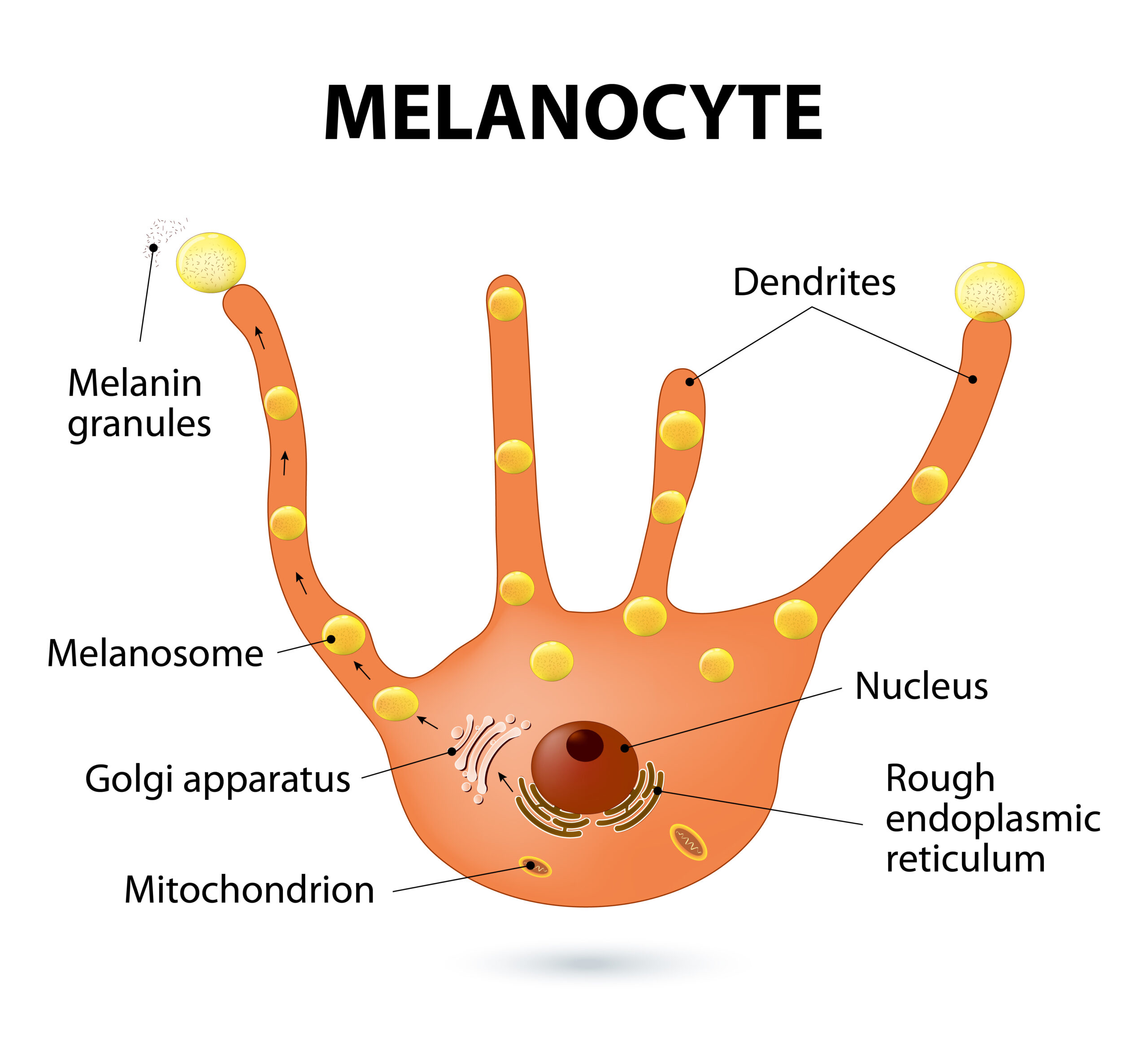
Only 30% form on existing moles![]() , while the rest appear on normal skin. Because of that, it is vital to pay attention to any new spots and changes in the skin. Recognizing the symptoms early increases the chance of treating melanoma successfully.
, while the rest appear on normal skin. Because of that, it is vital to pay attention to any new spots and changes in the skin. Recognizing the symptoms early increases the chance of treating melanoma successfully.
Diagnosis of melanoma consists of the following steps:
You will be asked about your personal and family medical history during a doctor's visit. Healthcare professionals will also examine your skin to determine if there are any characteristic symptoms caused by skin cancer, such as discolored spots, black or brown lumps, and blisters, particularly in the head, neck, and trunk area.
The removal of a tissue sample to test it is called a biopsy![]() . If a doctor spots a suspicious growth on your skin, they will take a sample of it and send it to a lab to determine whether it is a symptom of melanoma or another type of skin cancer. The procedure will also help you understand if the skin change is dangerous or harmless.
. If a doctor spots a suspicious growth on your skin, they will take a sample of it and send it to a lab to determine whether it is a symptom of melanoma or another type of skin cancer. The procedure will also help you understand if the skin change is dangerous or harmless.
After the biopsy confirms that you have melanoma, the next step is to evaluate the stage of skin cancer. There are five stages of melanoma:
To determine which stage of melanoma you have, doctors usually order the following tests:
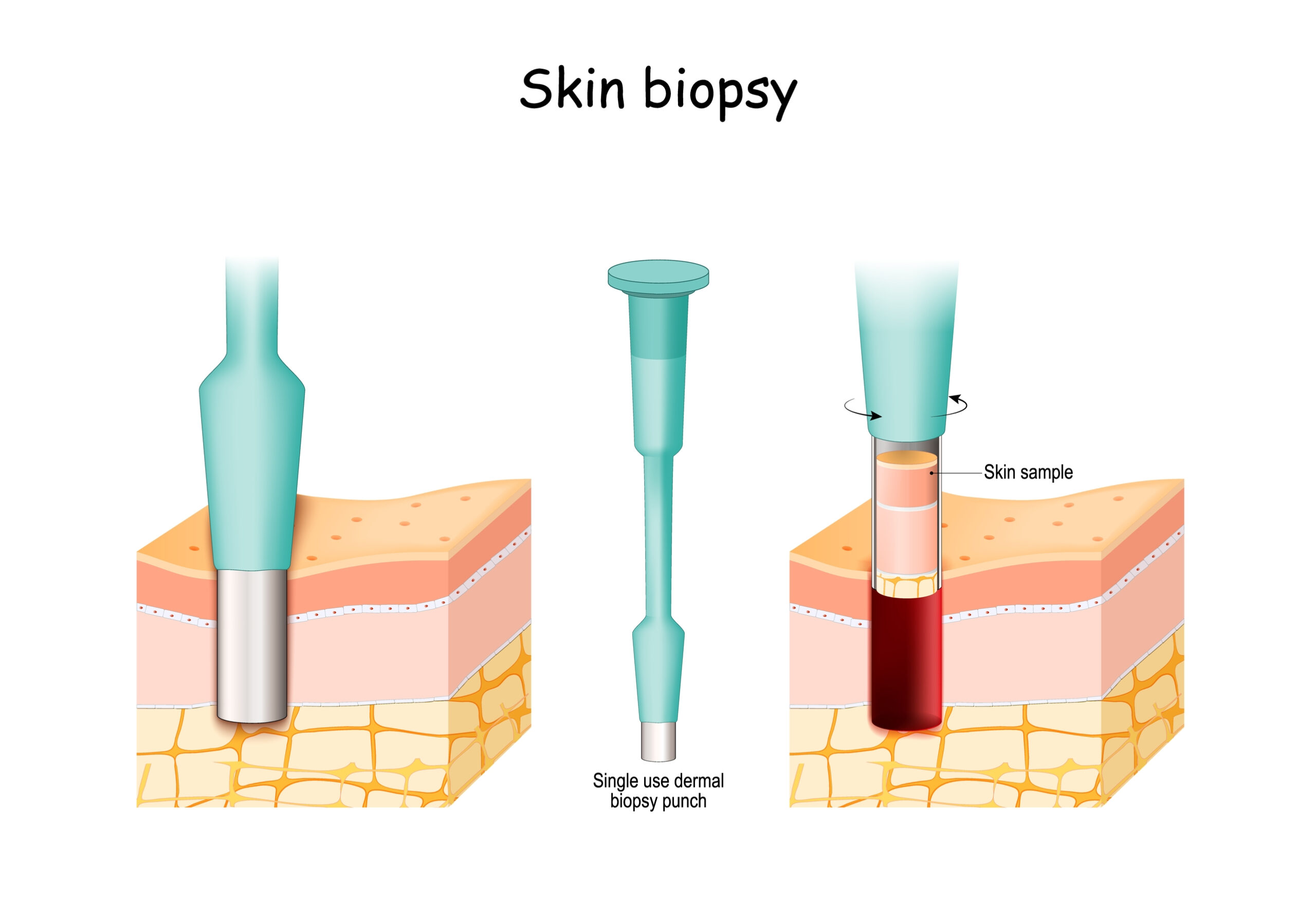
Melanoma, which hasn't spread from isolated formations, can be cured with surgery. During a procedure, a dermatologist applies an anesthetic on your skin, removing the cancerous building with its margins. If the melanoma has spread and affected lymph nodes, a surgeon will also remove them.
At advanced stages, melanoma requires a different approach. It is also more challenging to treat. Treatment options usually include:
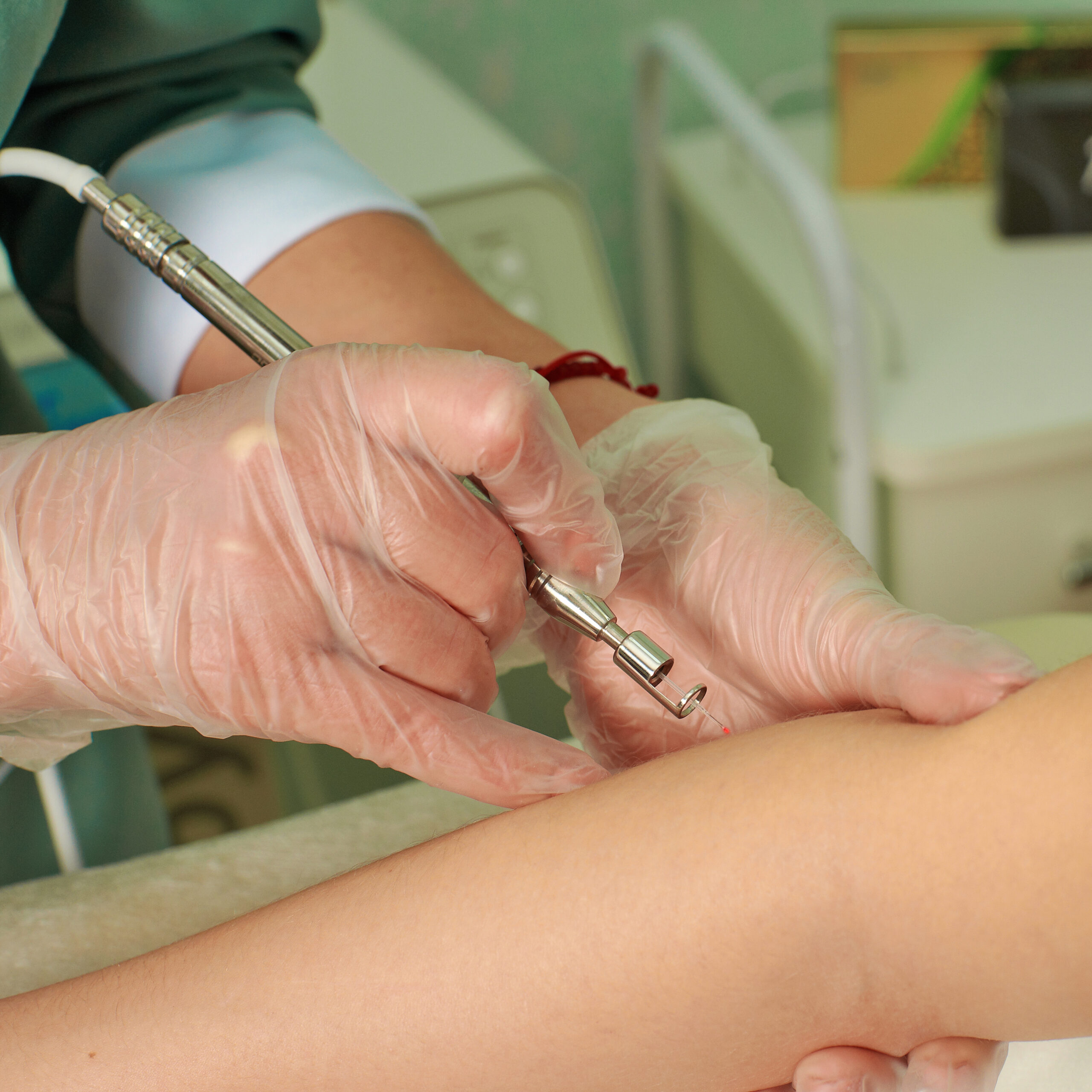
While melanoma treatment often requires medical intervention, several self-care measures can complement it and help patients maintain their overall well-being. It's important to remember that these self-care practices should be discussed with and approved by your healthcare provider. Here are some critical aspects of managing melanoma at home:
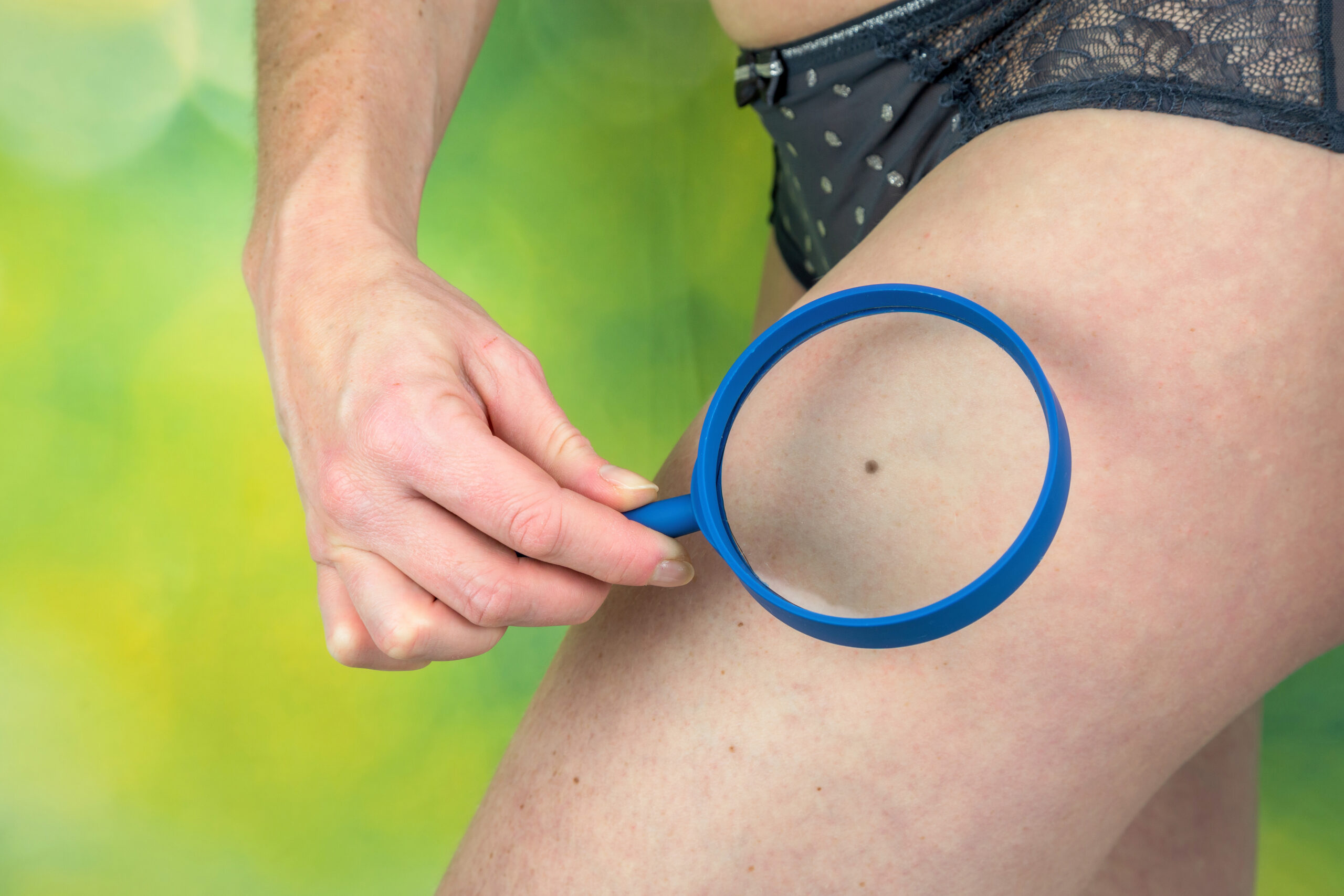
You can reduce the chance of developing melanoma and other skin cancers by limiting exposure to the sun![]() , particularly between 10:00 AM and 4:00 PM. Avoiding sunburns plays the most significant role in reducing the risk of melanoma. However, it is only possible to prevent it to a limited degree. Such factors as age, genetics, and race can lead to skin cancer despite the efforts to maintain healthy skin. That being said, it is still vital to protect your skin because it may decide whether you develop melanoma or not. Here are the most essential practices that you should consider:
, particularly between 10:00 AM and 4:00 PM. Avoiding sunburns plays the most significant role in reducing the risk of melanoma. However, it is only possible to prevent it to a limited degree. Such factors as age, genetics, and race can lead to skin cancer despite the efforts to maintain healthy skin. That being said, it is still vital to protect your skin because it may decide whether you develop melanoma or not. Here are the most essential practices that you should consider:
Melanoma is a severe form of skin cancer impacting a significant portion of the American population. Its incidence has doubled since 1982. Melanoma is notorious for its rapid spread to various skin areas and organs emerging from melanocytes.
If diagnosed early, melanoma can be successfully treated with surgical procedures. Advanced forms require other treatments, such as immunotherapy, chemotherapy, and radiation therapy.
Patients can complement medical treatment with self-care practices, including stress management, hydration, and adherence to medical advice. Reducing sun exposure and practicing sun safety, such as wearing protective clothing and sunscreen, can help lower melanoma risk. Regular skin self-exams and a healthy diet contribute to early detection and overall well-being in the fight against melanoma.